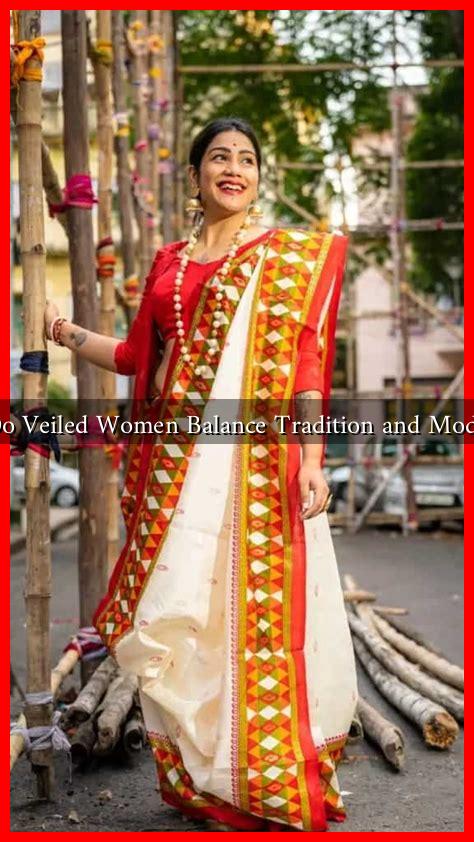-
Table of Contents
How Do Veiled Women Balance Tradition and Modernity?
The intersection of tradition and modernity is a complex landscape for many women around the world, particularly for those who choose to wear veils. This practice, often rooted in cultural and religious beliefs, can sometimes clash with contemporary societal norms. However, many veiled women navigate this duality with grace, finding ways to honor their heritage while embracing modernity. This article explores how veiled women balance these two aspects of their lives, drawing on examples, case studies, and statistics to illustrate their experiences.
The Significance of Veiling
Veiling is a practice observed in various cultures and religions, most notably in Islam. For many women, wearing a veil is a personal choice that symbolizes modesty, identity, and faith. However, the reasons for veiling can vary widely:
- Religious Obligation: For many Muslim women, veiling is seen as a religious duty, as prescribed in the Quran.
- Cultural Identity: In some cultures, veiling is a way to express cultural heritage and community belonging.
- Personal Empowerment: Some women view the veil as a form of empowerment, allowing them to define their identity on their own terms.
Modern Challenges and Opportunities
While veiling can be a source of pride, it also presents challenges in modern society. Women who wear veils often face stereotypes and discrimination, particularly in Western countries. However, many have found ways to navigate these challenges:
- Education and Career: Many veiled women pursue higher education and professional careers, often excelling in fields such as medicine, law, and technology. For instance, a study by the Institute for Social Policy and Understanding found that Muslim women in the U.S. are more likely to hold a college degree than their non-Muslim counterparts.
- Activism and Advocacy: Veiled women are increasingly becoming voices for social change, advocating for their rights and challenging stereotypes. Organizations like the Muslim Women’s Network UK work to empower women and promote understanding.
- Fashion and Expression: The rise of modest fashion has created a space for veiled women to express their style while adhering to their beliefs. Designers like Hana Tajima and brands like Aab have gained popularity by offering fashionable yet modest clothing options.
Case Studies: Real-Life Examples
To better understand how veiled women balance tradition and modernity, we can look at specific case studies:
- Malala Yousafzai: The Nobel Prize-winning activist wears a hijab as a symbol of her faith and identity. Despite facing significant challenges, she has become a global advocate for girls’ education, demonstrating that one can uphold tradition while fighting for modern values.
- Yasmin Seweid: A Muslim-American college student who faced harassment for wearing a hijab, Yasmin turned her experience into activism. She founded the #HijabChallenge on social media, encouraging others to wear a hijab for a day to foster understanding and empathy.
Statistics and Trends
Recent statistics highlight the growing presence and influence of veiled women in various sectors:
- A 2020 report by the Pew Research Center indicated that 62% of Muslim women in the U.S. wear a hijab, with many citing personal choice as the primary reason.
- According to a 2021 study, 70% of veiled women in Europe reported feeling empowered by their choice to wear a veil, despite facing societal challenges.
Conclusion: A Harmonious Balance
Veiled women around the world exemplify the delicate balance between tradition and modernity. By embracing their cultural and religious identities while actively participating in contemporary society, they challenge stereotypes and redefine what it means to be a modern woman. As they continue to navigate this complex landscape, their stories serve as powerful reminders of resilience, empowerment, and the importance of understanding diverse experiences.
In summary, the journey of veiled women is not just about the veil itself; it is about the choices they make, the challenges they face, and the contributions they bring to society. As we move forward, fostering dialogue and understanding will be crucial in appreciating the rich tapestry of experiences that veiled women embody.
For further reading on the experiences of veiled women, you can explore resources from organizations like Muslim Women’s Network UK.

